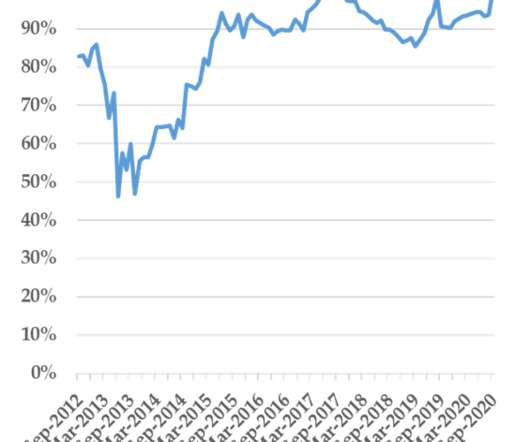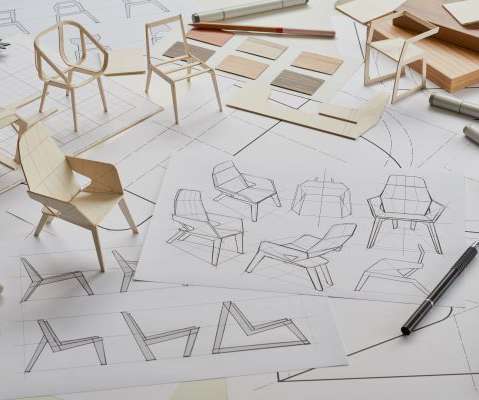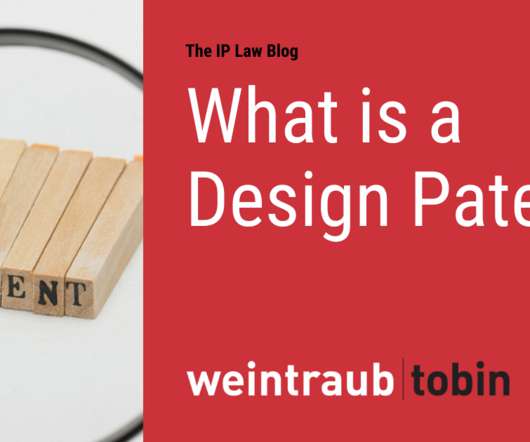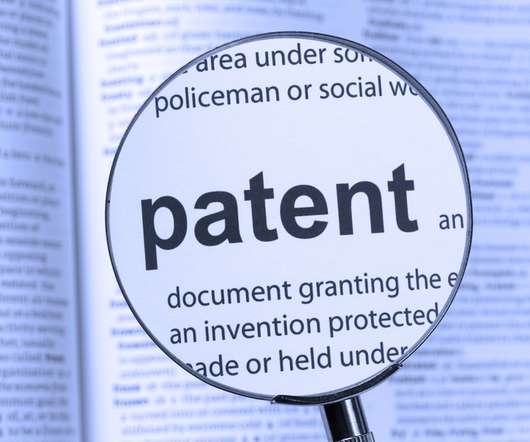Defending Design Patents
Patently-O
FEBRUARY 23, 2022
In our new paper, The Truth About Design Patents , we debunk three widely held—but incorrect—views about U.S. design patents. Taken together, these myths paint a grim picture of design patents: Half of all design patent applications are rejected. Acquiring Design Patents.



















Let's personalize your content